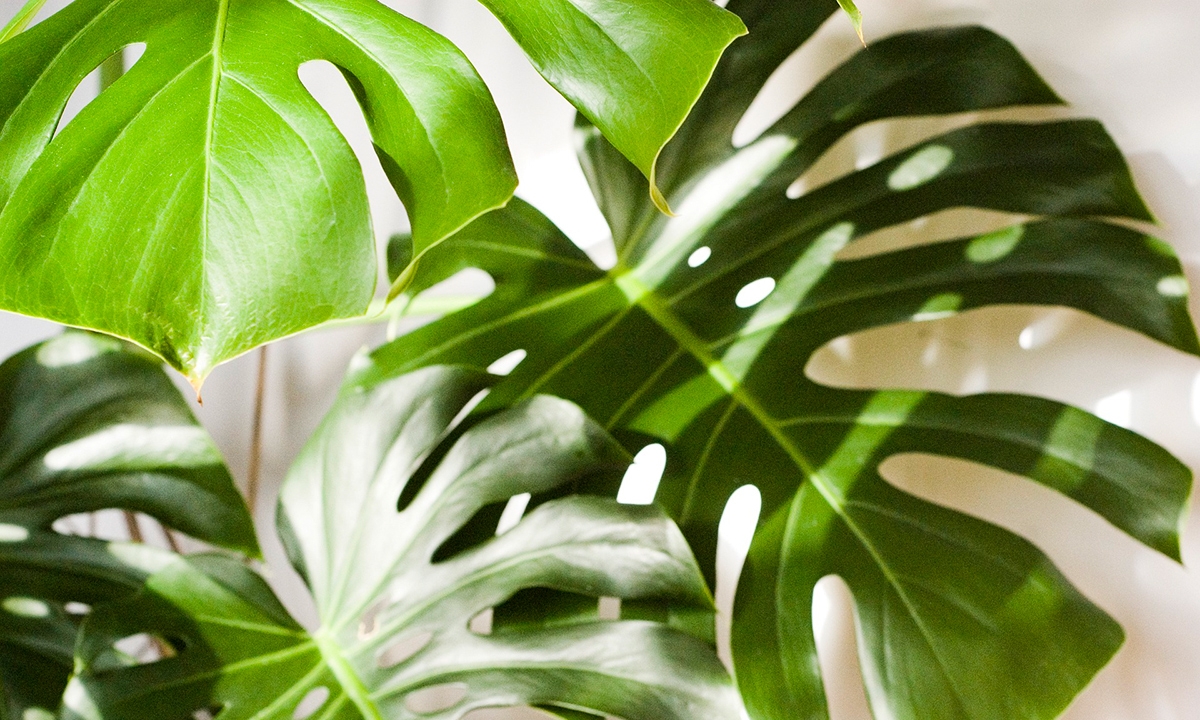Natural inspiration: recycled paper with seeds
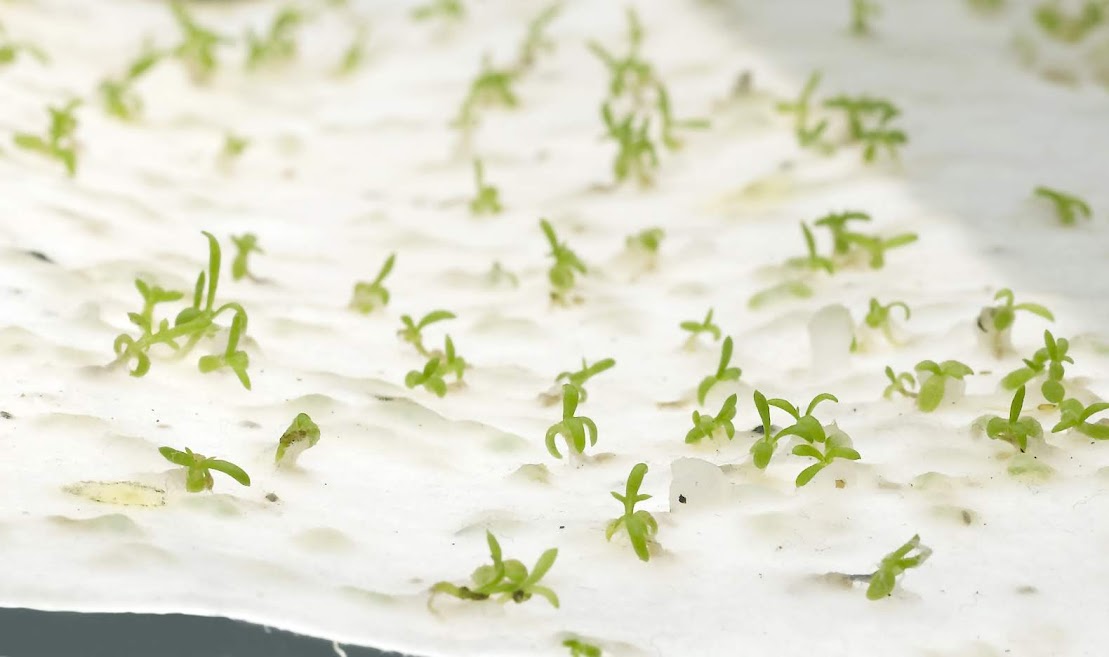
Our collaborator Baladre Crafting Creativity is back with a new creative and sustainable proposal: making recycled paper from seeds. If you've ever wondered how to go one step further towards sustainability and reuse, this article is just what you need. Learn step by step this method to turn waste paper into sheets full of life and possibilities.
Can you imagine planting the paper you just read about and watching wildflowers grow in your garden? With recycled seed paper, this is possible. As well as being an environmentally friendly alternative to traditional paper, this type of paper gives you the opportunity to contribute to the biodiversity of our planet. Do you want to know more? Read more.
But first, a bit of history to educate ourselves!
The origin of paper dates back to ancient China, where it began to be manufactured around the 2nd century BC. Initially, it was made from silk and other materials such as hemp and tree bark. However, by the 3rd century AD, the raw material used was mainly mulberry bark, which was cheaper and easier to obtain. The technique of papermaking was kept secret for many centuries, but eventually spread to other parts of the world through commercial travel and military conquests.
In fact, the first historically recorded European paper mill was established in Xàtiva, here in the province of Valencia, during the 11th century. The Arabs who invaded Spain brought with them the know-how to make paper and established the first mill in Xàtiva. It became an important centre of paper production and distribution in Europe during the Middle Ages.
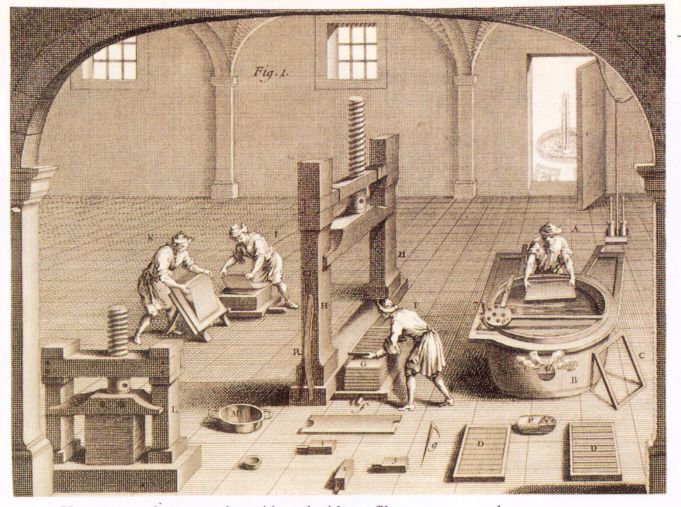
And how exactly did recycled paper come about?
Depending on which source you look at, it originated in Japan or China… At the time, paper was a valuable and expensive material, so they collected and recycled used paper to create new paper. As paper spread around the world, so did the practice of recycling.
William Rittenhouse was a miller and wool weaver who emigrated to North America from Germany in the 17th century. He built the first paper mill in Germantown, Pennsylvania, in 1690. Rittenhouse used old and discarded rags to make recycled paper, which made him one of the earliest defenders of recycling in history.
In the 1800s, European inventors began experimenting with methods to make recycled paper more efficiently. Proof of this was Louis-Nicolas Robert, a French inventor who in 1798 patented the first continuous paper machine, known as the Fourdrinier, which revolutionised paper production and allowed paper to be made on a massive scale and at a much lower cost. Although Robert did not invent the concept of the continuous paper machine, his improved design made it commercially viable and transformed the paper industry.
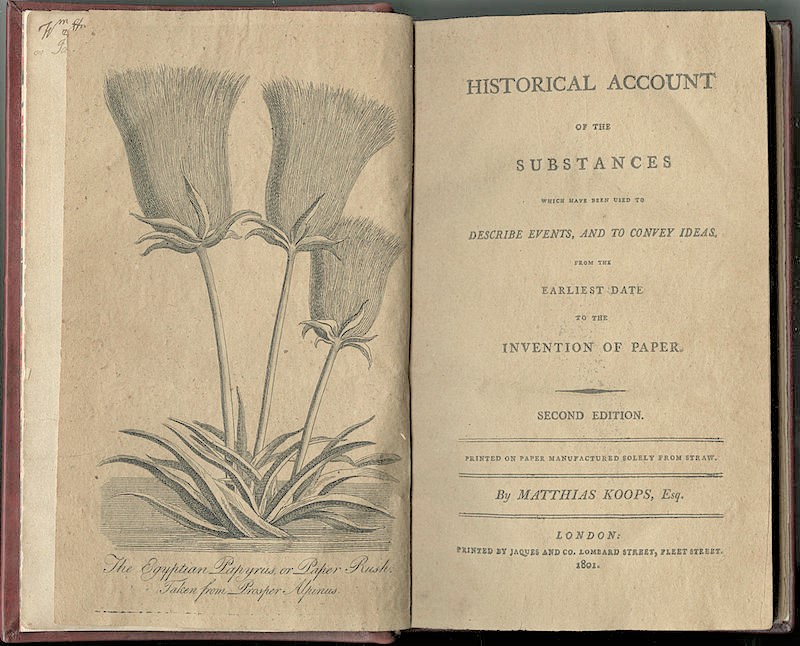
In 1801, the British writer and publisher, Matthias Koops published a book called “History of Recycled Paper”, in which he described the process of making paper from recycled materials. Koops was an early defender of paper recycling and his book was an important contribution to the development of the recycled paper industry. In the book, he described the process of making paper from recycled materials, including old rags, used clothing and other fabric waste. It also described how the process could be improved from recycled materials, and how this could be beneficial to both the environment and the economy.
The book was very well received by the scientific and business community at the time, and helped lay the foundation for the development of the recycled paper industry. Although technology has advanced enormously since then, many of the basic principles described by Koops are still applicable today.
Over time, the demand for paper increased considerably and production processes became increasingly mechanised. This led to a decline in the practice of paper recycling for much of the 20th century.
However, in recent decades there has been a renewed interest in the use of sustainable and environmentally friendly materials, which has led to an increase in the production and use of recycled paper worldwide. Today, it is estimated that around 40% of the paper produced worldwide is recycled.
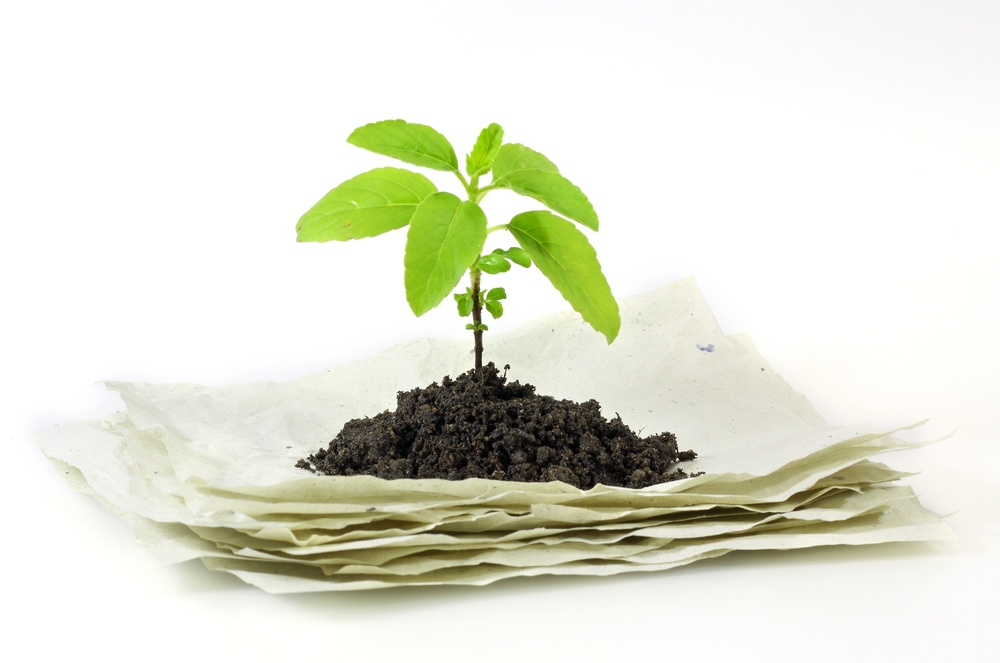
The sustainable manufacture of recycled paper not only gives it a second life, but also consumes much less water and energy than the production of new paper. According to Ecoembes, the manufacture of recycled paper consumes 62% less energy and 86% less water than new paper.
Paper under the spotlight
I’m sure you know, or are familiar with, that paper is made of a molecule called cellulose. Actually, and to be correct, it is mainly composed of cellulose fibres. These fibres are biodegradable, recyclable and not harmful to either health or the environment.
It was the French chemist Anselme Payen who discovered cellulose around 1838. He was working on the chemical analysis of various plant materials, and it was during this work that he identified a previously unidentified compound. Payen called this compound “cellulose”, and showed that it was the main component of plant cell walls. This discovery was important because it allowed scientists to begin to better understand the structure and function of plants, as well as to develop new applications for cellulose in industry. Since then, much progress has been made in the study of cellulose and it has been found to have a number of industrial applications, including the production of paper, textiles and biofuels, which I describe below.
Cellulose is a very common organic compound in the plant kingdom and in some beings of the protist kingdom. It is arguably the most abundant biomolecule on our planet. It is composed of a long carbohydrate chain (a biopolymer) made up exclusively of glucose molecules linked by hydrogen bonds. In other words, cellulose is a complex molecule composed of several sugar units. Its chemical formula is described as C6H10O5.

It is found in the very structure of plant cells, as well as in plant fibres and products such as cotton, which contains 90% cellulose! Plants synthesise cellulose through the process of photosynthesis. Broadly speaking, they use solar energy to convert carbon dioxide and water into glucose, which is then converted into cellulose and other complex carbohydrates that form the structure of the plant. In fact, it is found in cell walls and is one of their basic components. It is very strong and forms a rigid structure in plants, allowing them to maintain their shape and support the weight of their leaves and fruit.
Going a little deeper, cellulose is a glucose polymer formed by joining smaller organic sugar units, known as saccharides, into a long, compact chain. It is insoluble in water and alcohol and its molecular weight varies widely.
Because it is a carbohydrate of biological origin, cellulose is combustible and reacts with strong oxidants exothermically. This would explain why forest fires spread so easily.
Cellulose is a difficult material to degrade, but many micro-organisms and fungi are able to break it down. These organisms play an important ecological role by degrading the cellulose present in wood, leaves, stems, cardboard, paper and other products derived from it.
Because of their ability to break down cellulose, these organisms are critical to nutrient cycling in terrestrial and aquatic ecosystems. In addition, some cellulose-degrading micro-organisms are used in industrial processes to produce biofuels and other products. They are also used in the food and pharmaceutical industries.
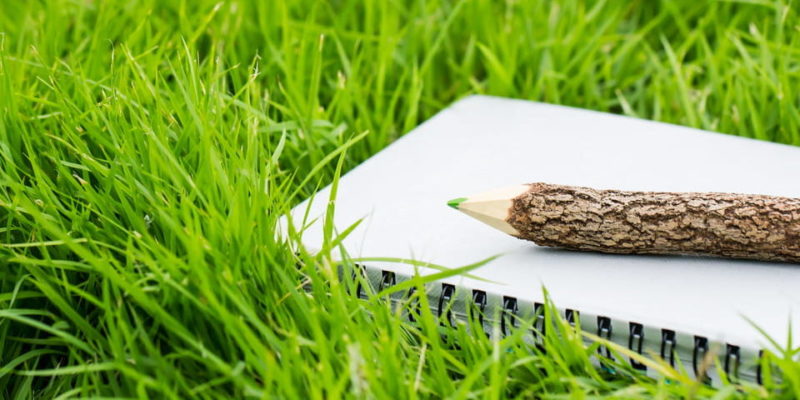
Industrial uses:
- Manufacture of paper and cardboard.
- Production of textiles, such as cotton and linen.
- Thermal and acoustic insulation.
- Manufacture of explosives, such as dynamite.
- Production of photographic and cinematographic film.
- Manufacture of chemical products, such as nitrate cellulose and acetate cellulose.
Food uses:
- Thickening agent in processed foods, such as ice cream and sauces.
- Food additive in baked goods, such as breads and biscuits.
- Fat substitute in low calorie products.
- Stabilising agent in beverages and dairy products.
Environmental benefits of recycled paper
Recycled paper has many environmental benefits, including:
1. Energy savings: making recycled paper consumes less energy than making new paper from wood pulp.
2. Conservation of natural resources: Recycling paper reduces the demand for wood pulp, which helps to conserve natural resources and protect forests.
3. Reduced air and water pollution: Making new paper from wood pulp can generate toxic emissions and pollute water. In contrast, the production of recycled paper produces fewer emissions and reduces the amount of waste in landfills.
4. Saving landfill space: Paper is one of the most common materials in landfills and takes up a lot of space. By recycling paper, the amount of waste going to landfill is reduced and its useful life is prolonged.
In short, the use of recycled paper helps to reduce the ecological footprint and contributes to a more sustainable world.
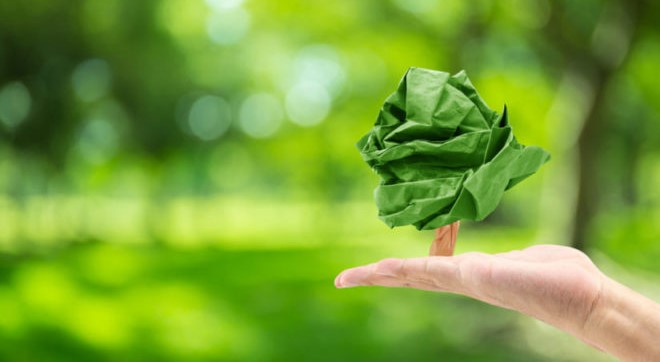
We call our impact on planet Earth our carbon footprint, expressed as the amount of greenhouse gases (GHG) we produce. This environmental indicator reflects the amount of greenhouse gases, expressed as CO2 equivalent, which is emitted directly or indirectly as a consequence of a given activity.
What you can do to help paper recycling is to:
- Put paper waste in the blue bin
- Reduce your paper consumption
- Reuse sheets of paper (one sheet of paper has two sides)
- Print on the back of the paper
- Buy recycled paper
- Use electronic media
- Produce your own recycled paper
New uses for recycled paper: closing the loop
Recycled seed paper is a real wonder. Not only is it a more environmentally friendly and sustainable option than conventional paper, but it’s also a very creative and original way to give paper a new purpose. What if I told you that some companies are producing recycled paper in which you can find plant seeds? That’s great! After using the paper, you can simply plant it in the ground and watch your own plants grow – it’s a truly magical way to contribute to biodiversity and close the life cycle of paper!
How to make recycled paper from seeds at home? Do It Yourself!
Making recycled seed paper at home is very simple, you will need the following materials:
- waste paper
- seeds of your choice
- a large bowl
- a hand mixer or blender
- a large tray
- water
- scissors
- rolling pin or spatula

As always, let’s go step by step:
1. Collect the paper you want to recycle. You can use newspaper, wrapping paper, notebook pages, among others. The more paper you use, the more recycled paper you will get.
2. Cut the paper into small pieces and place them in a large container. Cover the paper with water and let it soak for several hours or overnight. This step helps soften the paper and separate the fibres.
3. Once the paper is soft and crumbly, use a hand mixer or blender to grind it to a pulp. If you don’t have a mixer or blender, you can do it by hand using a mortar and pestle or a rolling pin.
4. Add the seeds you want to use to the pulp and mix well. You can use flower, herb or vegetable seeds. Make sure to distribute the seeds well so that they are spread all over the paper.
5. Pour the pulp into a large tray and spread it evenly with a rolling pin or spatula. The pulp should be evenly thick throughout the tray.
6. Leave to air dry for several days until the paper is completely dry. You can speed up the drying process by using a fan or placing the tray in the sun.
7. Once the paper is dry, carefully remove it from the tray. If the seeds have stuck to the bottom of the tray, you can gently scrape them off with a knife.
And that’s it! You now have your own recycled seed paper. You can use it to make cards, labels, envelopes, among other creative projects.
According to Ecoembes, paper can be recycled up to 7 times without losing its quality. With recycled seed paper, you are not only helping the environment, but you are also giving the gift of life: make every sheet a little garden and share the joy of nature!

Bibliografia
Tecnología de la celulosa. La industria papelera. (Universidad de Valladolid)
Handbook of nanomaterials for industrial applications, Elsevier. 2018.
Ecoembes.com








